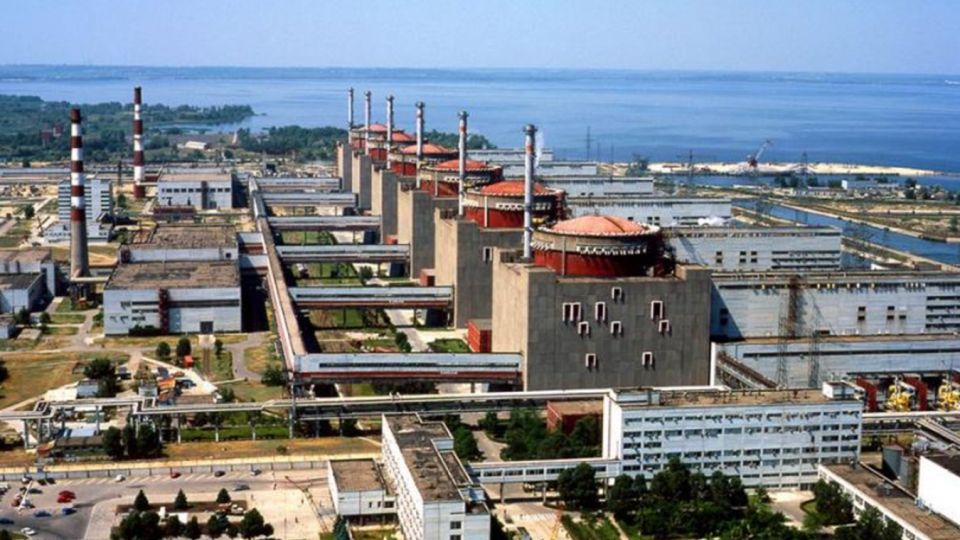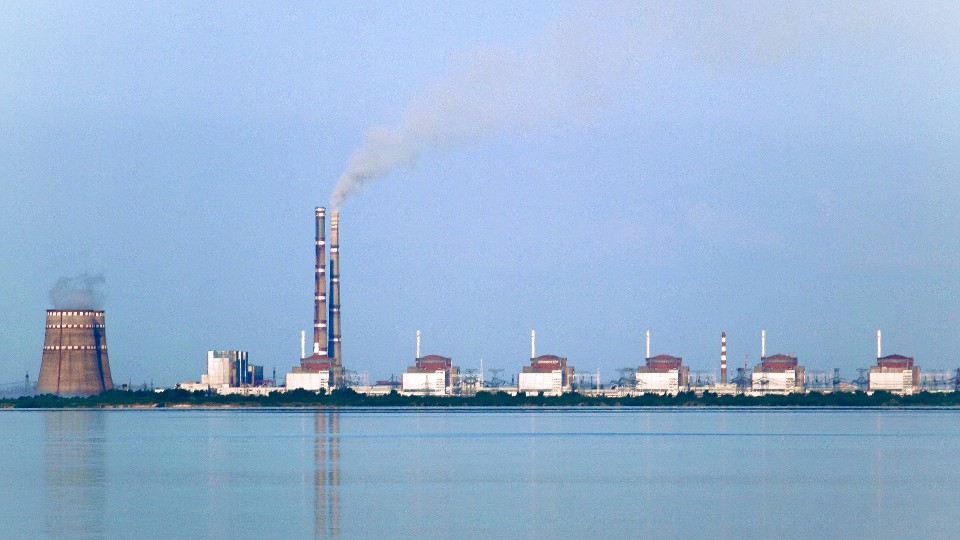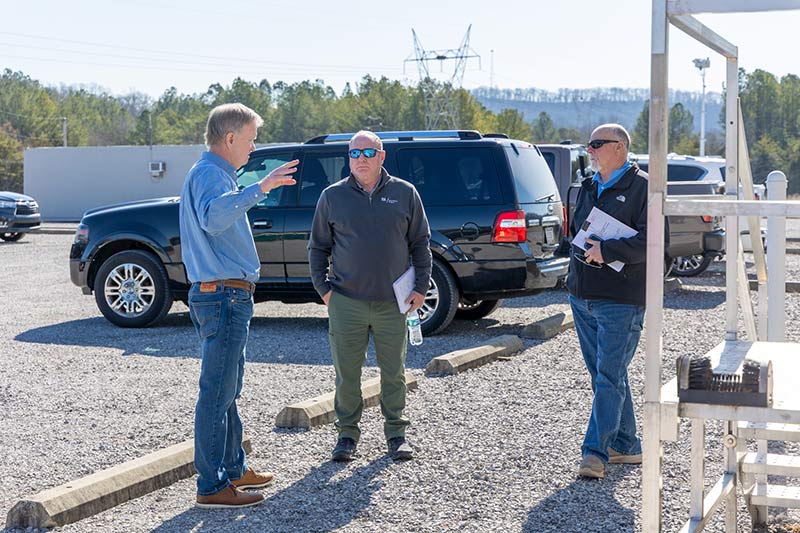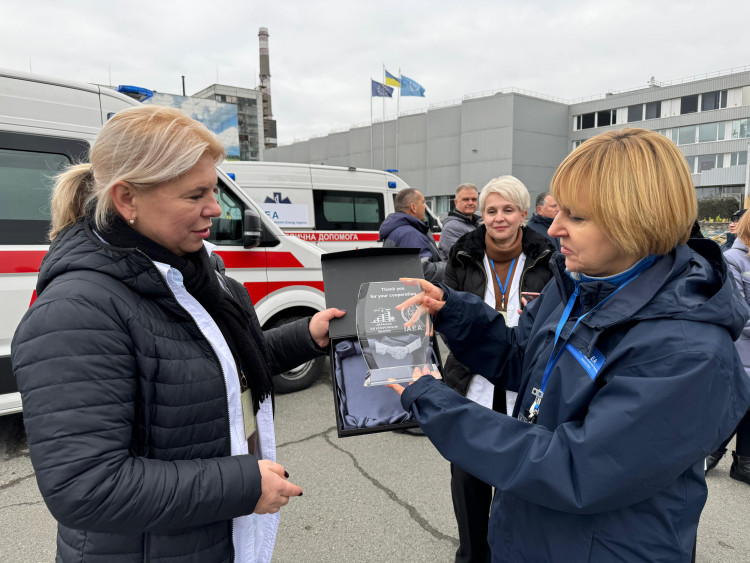2023 Utility Working Conference: Resiliency and the world around us
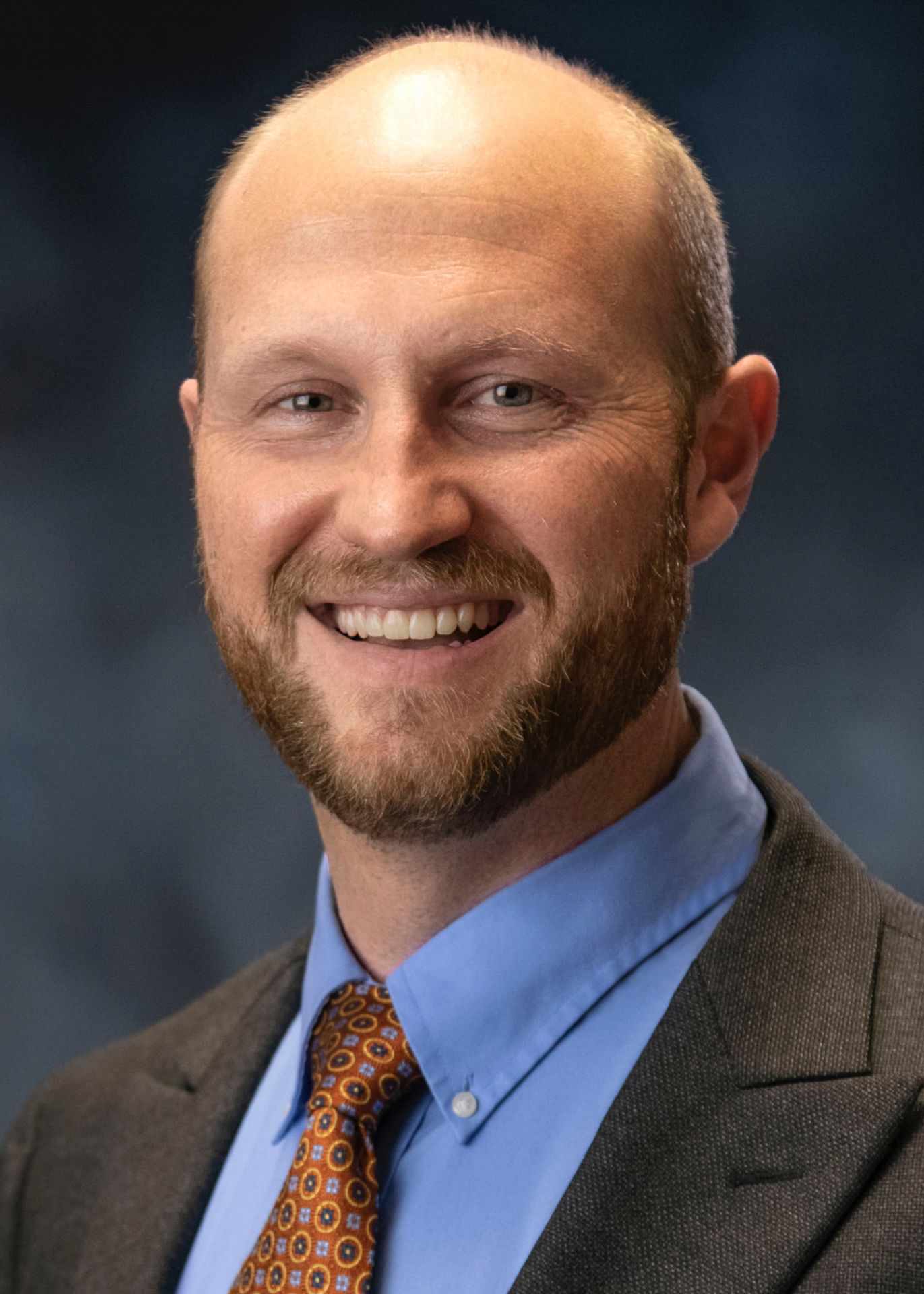
Rasmussen
The plenary sessions held earlier this month in Florida at the 2023 ANS Utility Working Conference were focused on the concept of resilience, the meeting’s theme. The August 9 plenary, which was moderated by UWC general chair Matt Rasmussen, senior vice president of engineering and operations support for the Tennessee Valley Authority, included presentations by Chris Glover, president and chief executive officer of Volkswagen Chattanooga; Petro Kotin, president of Ukraine’s nuclear plant operator Energoatom; and Steve L. Robbins of S. L. Robbins and Associates. The session’s opening remarks were provided by Rep. Byron Donalds (R., Fla.).



